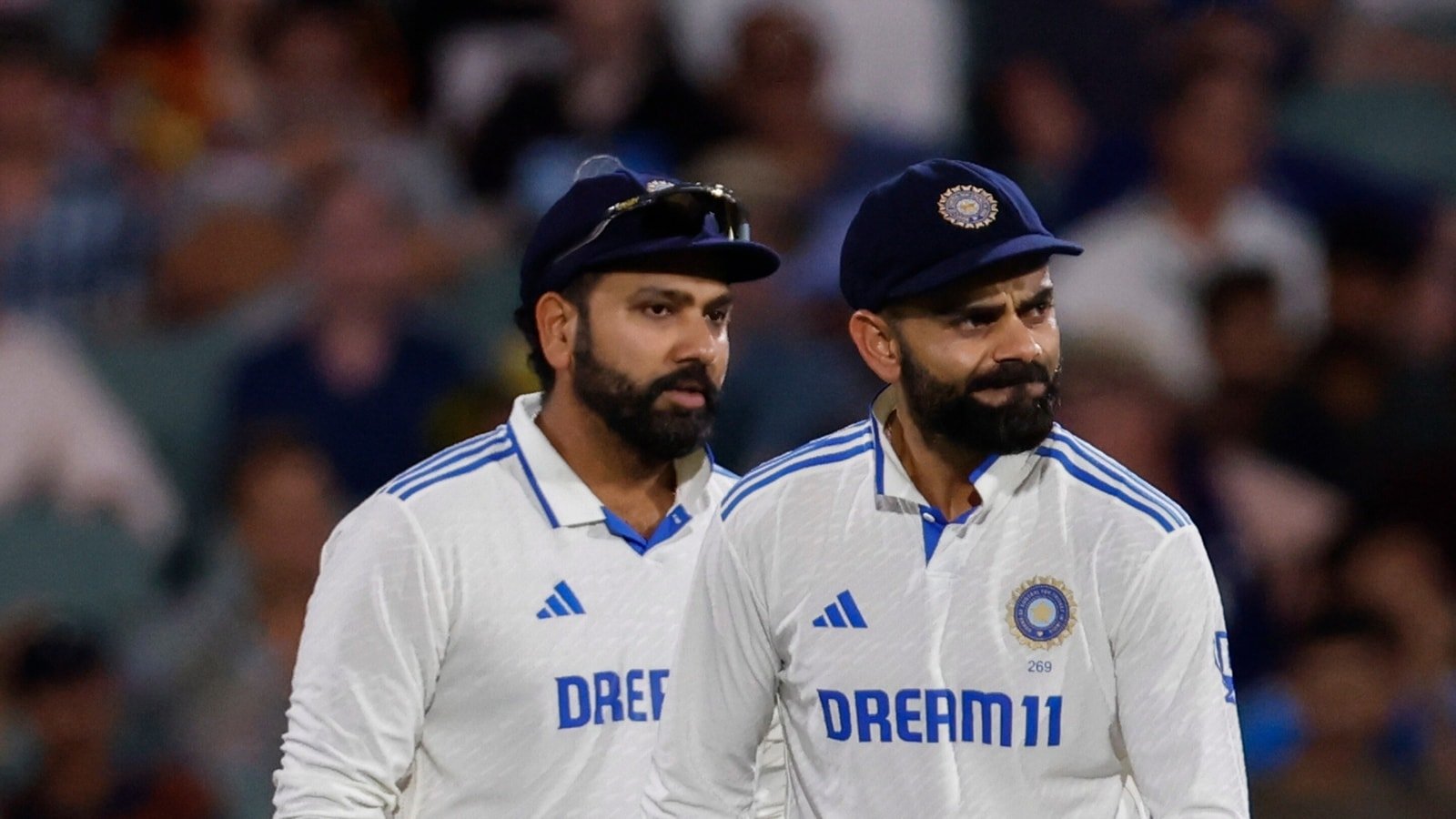For the first time, India will not figure in the race for top honours in the World Test Championship. Having lost the finals to New Zealand in 2021 and Australia in 2023, they will have to reconcile to casting baleful eyes on South Africa and Australia during the Lord’s final from June 11. A shot at the title was thrown away after India won just one and lost six of their last eight Tests from mid-October. Three of those defeats came at home, against New Zealand; by the end of that series, it was clear that barring the unforeseen, India wouldn’t be welcome at Lord’s.

This WTC campaign began with characteristic hope and promise but the way it has unravelled in the last two and a half months has been spectacularly unparalleled. Even when they were wiping the floor in England and Australia in 2011-12, India at home were formidable, practically unbeatable. New Zealand have burst that aura of invincibility. They will force India to revisit their plans for home Tests and to think again whether square turners are the way to go. As it is, India’s batters have found the turning ball a hard nut to crack. Throw in the fact that they no longer can fall back on the services of 537-wicket man R Ashwin, and a grim picture of stark reality comes clearly into focus.
India’s next cycle will begin, ironically enough, in England in June, with a five-match faceoff against the hosts, and end in early 2027 when Australia visit them for another of the five-Test showdowns that is becoming the norm in Tests involving the Big Three. These are huge assignments, but New Zealand have driven home the hard truth that no side can be taken for granted, no assignment needs less than the utmost attention to detail and preparation.
The last eight Tests have reiterated the need to address batting issues, pronto. India’s top order no longer evokes the same intimidation of the past, and we are not even talking about the days of Sehwag, Dravid, Tendulkar, Laxman and Ganguly. Clearly, a batting reshuffle must be the first port of call for head coach Gautam Gambhir and chairman of selectors Ajit Agarkar, both too under pressure to justify their authority. The sustained poor form of Rohit Sharma and Virat Kohli can no longer be ignored. Hard calls need to be taken with regard to their Test future. If both are still committed to playing Test cricket, they need to make substantial red-ball runs between now and June. But unless the duo opts out of the IPL and finds favour with English counties, they won’t have the opportunity to stack up runs in first-class cricket. It’s classic Catch-22. Indian cricket isn’t renowned for taking tough decisions bereft of sentiment, though one suspects few are more adept at setting emotion aside than Gambhir. Then again, his own position is a little tenuous following numerous setbacks since his appointment as head coach in July.
The Australia series will have reinforced the point that compromises made in the interests of so-called team balance will seldom pay dividends. In a bid to elongate their batting depth, India opted for one proven all-rounder and two all-rounders in the making for the last two Australia Tests. There wasn’t much purchase for spinners Ravindra Jadeja and Washington Sundar, while seamer Nitish Kumar Reddy hasn’t inspired enough confidence in either Rohit or Jasprit Bumrah to warrant extended spells at the bowling crease. For greater balance, India must find a place for one, if not both, of Nitish and Washington in the top six. Otherwise, the old failing of struggling to mop up the tail will continue to bite the team where it hurts the most.
Shubman Gill’s decline in overseas Tests a big concern
There must be soul-searching when it comes to Shubman Gill, projected as a future captain, and his dismal record outside Asia. Gill’s coasting on potential but after 32 Tests, he must be held more accountable. How that endeavour is undertaken and accomplished is up to the deciding authorities, but an average of 17.65 in his last 10 Tests and 18 innings in England, the West Indies, South Africa and Australia is simply not acceptable.
What India can take heart from is Bumrah’s support cast. His genius made it seem like he was a one-man battering ram in Australia, but India have excellent back-ups – Mohammed Shami (when fit again), Mohammed Siraj, Akash Deep, Prasidh Krishna. The last three will need to pull their weight but it’s what India eke out from those following Yashasvi Jaiswal and KL Rahul in the batting order that will shape their destiny in the WTC cycle 2025-27.

